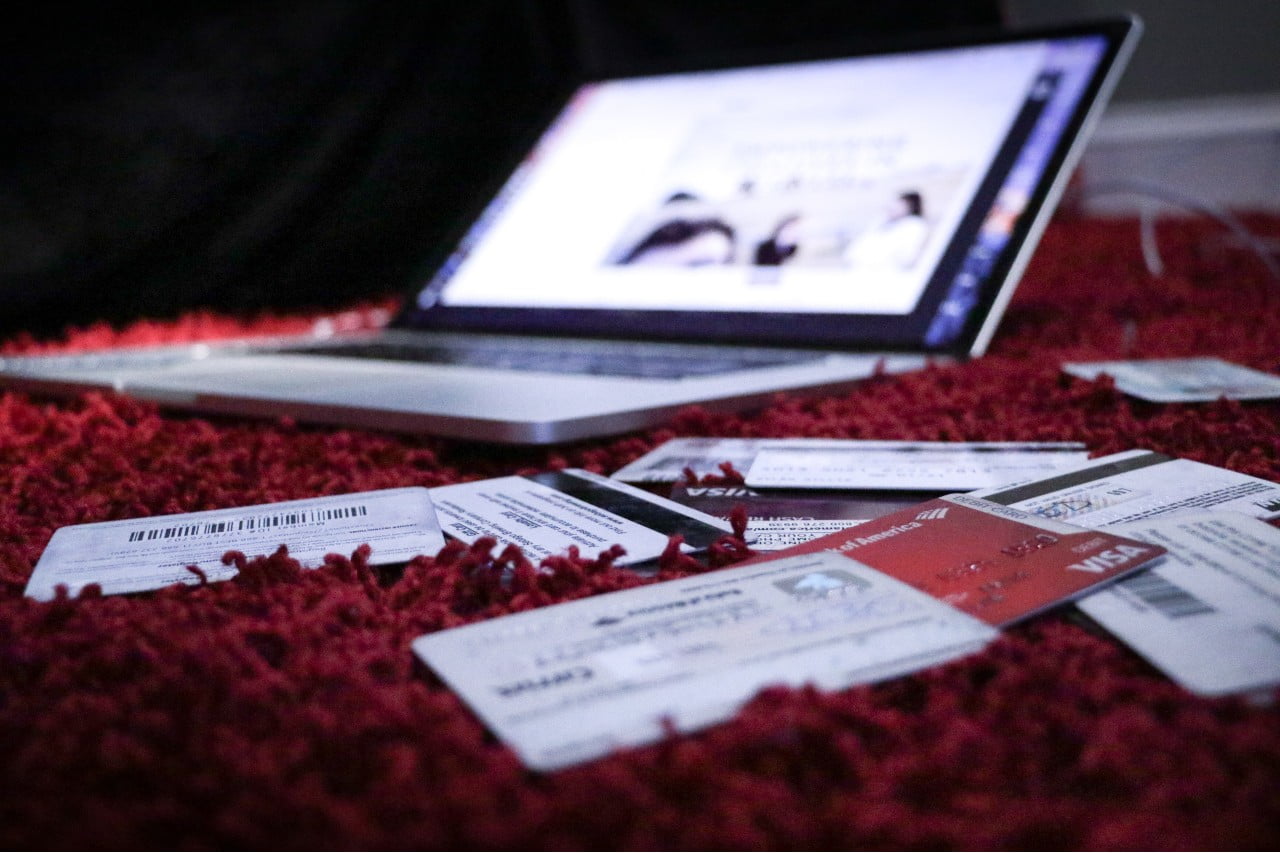Struggling with bad debt and poor credit scores can feel overwhelming, but there are options to help you reclaim your financial life. One such solution involves responsibly using credit cards specifically designed for those in debt recovery. This comprehensive guide will explore the top credit cards for bad debt recovery, highlight their features, discuss how to make the most of these cards, and offer essential tips for improving your credit score.
Table of Contents:
- Top Credit Card Options for Bad Debt Recovery
- Understanding Secured Credit Cards
- Making The Most of Your Credit Card
- Tips for Improving Your Credit Score
- Frequently Asked Questions
Top Credit Card Options for Bad Debt Recovery
When seeking a credit card to help you recover from bad debt, it is crucial to find a card that supports responsible spending, offers low fees, and reports to the major credit bureaus. Here are some top options:
1. Capital One Secured Mastercard
Features:
- Reports to all three major credit bureaus
- Flexible security deposit options
- Upgrade opportunities to unsecured cards
2. Discover it Secured Card
Features:
- Reports to all three major credit bureaus
- Cashback rewards program
- No annual fees
3. Credit Builder Card by Deserve
Features:
- Reports to all three major credit bureaus
- No security deposit required
- Amazon Prime Student membership reimbursement
Understanding Secured Credit Cards
Secured credit cards require a security deposit that ranges from $200 to $2,000. This deposit serves as collateral and typically determines the cardholder’s credit limit. Secured cards are ideal for individuals seeking to rebuild their credit because they lower the risk for the issuer, making approval easier.
With consistent, responsible use, secured cards can help improve credit over time. Some issuers may offer the opportunity to transition to an unsecured card after a period of responsible usage.
Making The Most of Your Credit Card
When using a credit card for debt recovery, it is essential to practice responsible spending habits. Here are some helpful suggestions:
- Pay your balance in full each month: Minimize interest charges while demonstrating responsible financial habits to credit bureaus.
- Keep your credit utilization low: Aim to maintain credit utilization below 30% to avoid harming your credit score.
- Monitor your credit report: Regularly check your credit report for inaccuracies or potential identity theft, which could negatively impact your credit.
- Learn from your past mistakes: Reflect on past financial mistakes and avoidrepeating them while using your new credit card.
Tips for Improving Your Credit Score
As you work toward bad debt recovery, consider the following tips to help improve your credit score:
- Pay bills on time: Timely payments account for 35% of your credit score, so consistently paying bills on time is crucial.
- Reduce your debt: Lower your overall debt and maintain a low credit utilization ratio to positively impact your credit score.
- Keep old credit accounts open: The age of your credit history plays a role in your credit score, so keeping old accounts open can contribute to a higher score.
- Minimize hard inquiries: Limit credit applications to avoid accumulating unnecessary hard inquiries on your credit report, which can lower your score.
- Dispute inaccuracies on your credit report: Promptly report any errors or discrepancies on your credit report to the credit bureaus.
Frequently Asked Questions
How long does it take to recover from bad debt?
The recovery time for bad debt varies, depending on the individual’s situation and their commitment to implementing positive financial habits. With responsible credit card usage and debt management, noticeable improvements in credit scores can occur within six months to a year. However, some derogatory marks on your credit report may take up to 7 to 10 years to be removed.
Are there credit cards specifically for debt recovery?
Yes, there are credit cards designed for individuals recovering from bad debt. These cards typically report to the major credit bureaus, have lower credit limits, and may require a security deposit as collateral. Their primary purpose is to help individuals rebuild their credit through responsible usage.
Can I recover from bad debt without using a credit card?
Yes, it is possible to recover from bad debt without the use of credit cards. However, using credit cards responsibly can expedite the process. The key to successful bad debt recovery is to practice positive financial habits, such as paying bills on time, reducing overall debt, budgeting, and saving.
What is the difference between a secured credit card and an unsecured credit card?
The primary difference between secured and unsecured credit cards is the requirement of a security deposit. Secured credit cards require cardholders to provide a security deposit that typically determines their credit limit. In contrast, unsecured credit cards do not require a deposit and rely solely on the applicant’s creditworthiness to grant a credit limit.
In conclusion, recovering from bad debt is a crucial step toward regaining financial stability. Using credit cards designed for debt recovery can significantly aid in this process when used responsibly. By investigating various credit card options, understanding secured credit cards, practicing responsible spending habits, and learning tips for improving your credit score, you can begin to turn the tide on your bad debt and work towards a brighter financial future.








